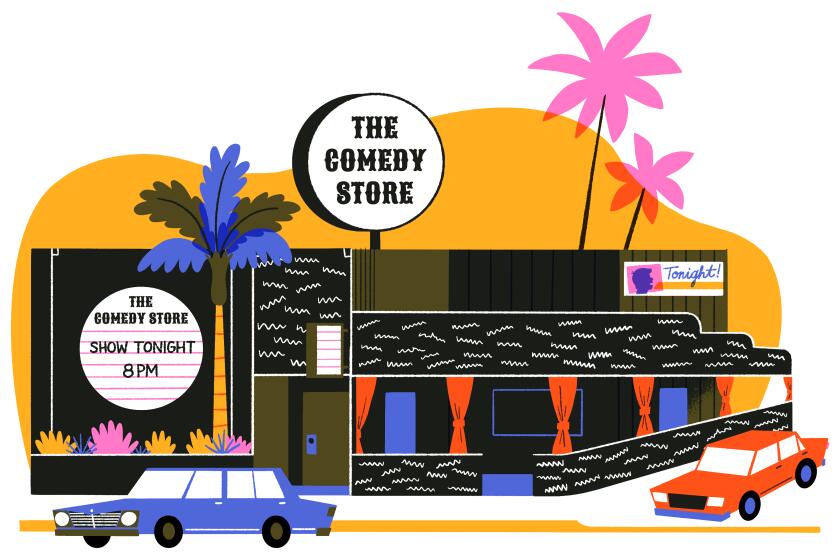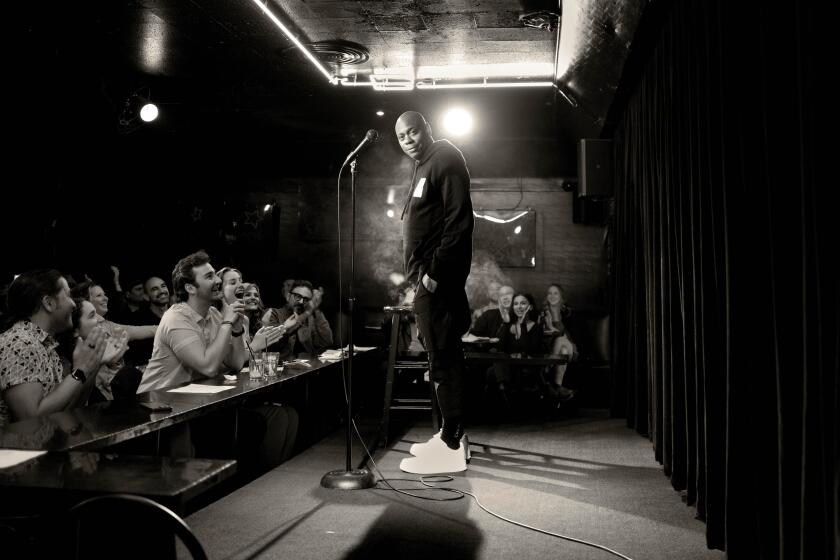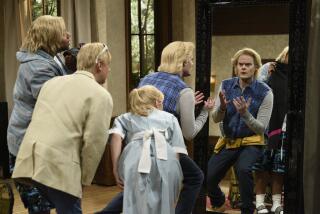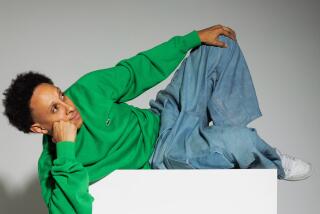Improv’s 60th anniversary Netflix special spotlights the brick walls and belly laughs of America’s comedy club
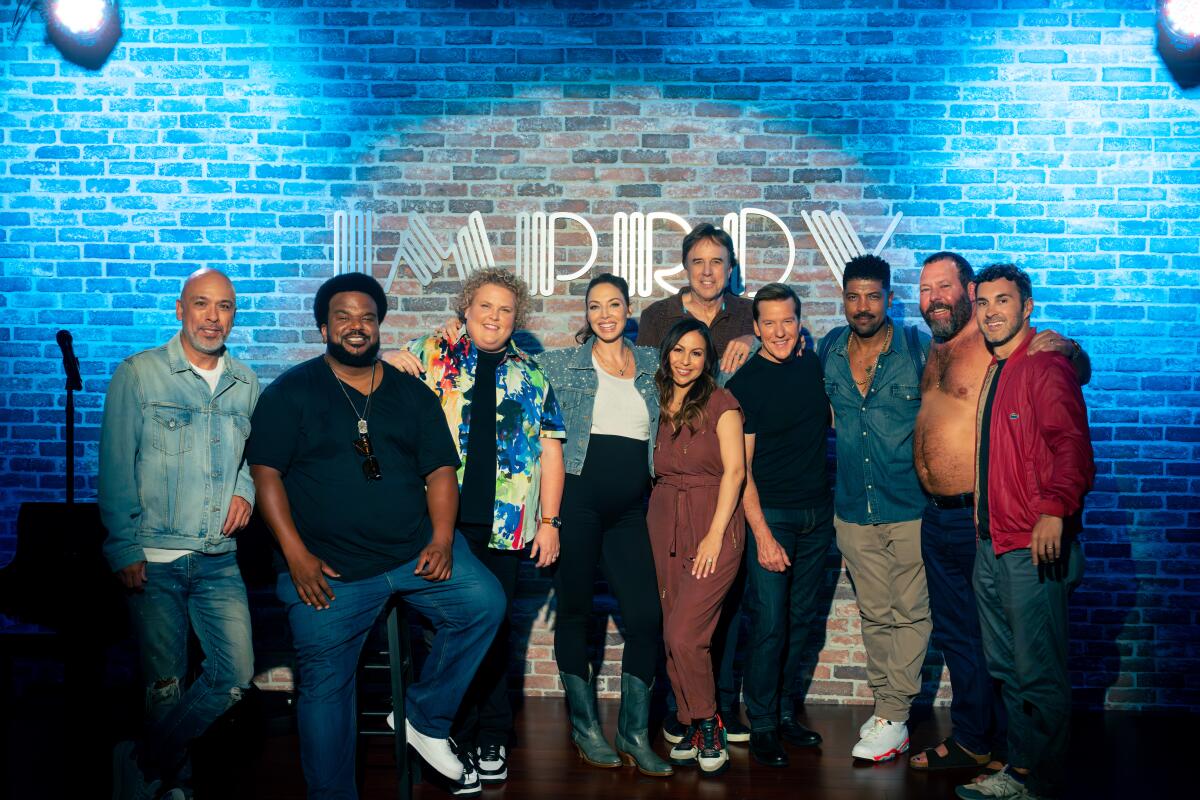
There’s something to be said about aging gracefully, but after 60 years, it’s not a huge concern for the chain of Improv comedy clubs. Rather than searching for the fountain of youth, the management and comedians who’ve kept the brand going strong have instead allowed the Improv to become the fountain.
Founded in 1963 by Budd Friedman, the Improv first venue popped up in the Hell’s Kitchen area of New York City, and it soon became the place to be entertained after-hours by improv, comedy and music acts. Its stage soon became synonymous with fresh and funny talent.
What started as one venue snowballed into 26 clubs in 20 cities, and the name became a staple of stand-up comedy. The Improv featured such household names as Joan Rivers, Lenny Bruce, Eddie Murphy, Billy Crystal, Robin Williams, George Carlin and Richard Pryor, who all performed there many times.
With 60 years under the comedy club’s belt, there is only one way to celebrate such an achievement — with a Netflix special. “Improv: 60 and Still Standing” comes to the streamer Nov. 7 with a stacked lineup featuring Bert Kreischer, Whitney Cummings, Anjelah Johnson-Reyes, Mark Normand, Kevin Nealon, Jo Koy, Craig Robinson, Fortune Feimster, Deon Cole and Jeff Dunham at the Hollywood Improv in front of that iconic brick wall.
The special also includes never-before-seen archival footage from then-“newcomers” Jerry Seinfeld, Adam Sandler, Margaret Cho, Dave Attell, Ray Romano, Wanda Sykes, David Spade, Sarah Silverman and the late Norm Macdonald.
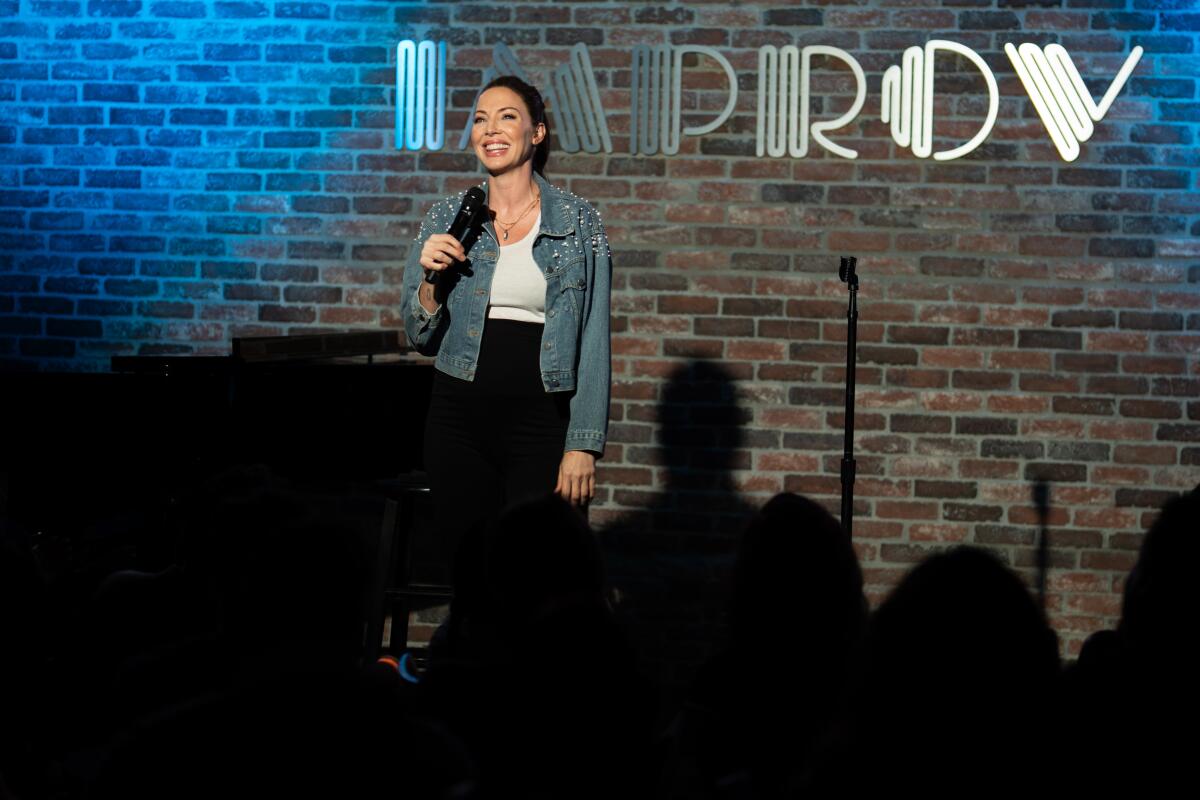
If the Improv hallways could talk, they’d be filled with laughter from legendary comedy spirits, all probably still asking for an extra 10 minutes of stage time. The photos adorning the walls are their own roster, telling a story of words crafted by the greats and captured in once-in-a-lifetime moments. That’s the magic of live comedy.
The photos also offer motivation to comedians seeing them for the first time, and they give them something to strive for.
“I remember walking into the Improv and the first thing I saw was all these black-and-white photos of all your heroes on the wall,” says Cummings. “I grew up watching ‘An Evening at the Improv’ with my dad. Because I didn’t get his attention, I watched it with him to get his love. We’d watch comics like Rodney Dangerfield and Robin Williams. Stand-up is obviously my favorite form of entertainment, but these scenes in the photos, they’re these manic states of comics, or then you see a really casual moment; there’s just something so powerful about them.”
Feimster also felt a connection when she saw those black-and-white photos. “I started my comedy career in L.A., so I was thinking, ‘Wow. I can’t believe I get to perform on these stages where all these legends performed.’ The photos have such an overwhelming feeling of history and people who really love comedy and take it seriously.”
Behind-the-scenes comedy queen Judi Marmel, who is a founding partner of the Improv’s parent company, Levity Live, remembers her first walk through the doors of the Hollywood venue when she was 21.
“I grew up in Colorado and was a huge comedy fan watching all the specials and, of course, ‘An Evening at the Improv.’ I was going to school in L.A., and that’s when I went to the club for the first time,” Marmel says. “I just remember being completely blown away by what I was seeing. I felt like I had walked into some mecca of where it was all happening. And I was. To be a 21-year-old comedy fan and walking in to all of that, it was incredible.”
In 1985, Robert Hartmann, chief executive of the Improv, hadn’t yet been to a comedy club. But on stepping into one in San Diego, he was hooked.
“Back then, the art form was starting to become more common in that typically, people weren’t thinking about going out for a stand-up. I’ve not laughed that hard, and I can tell you, I had no expectation walking in, but walking out? I was addicted to it,” Hartman says.
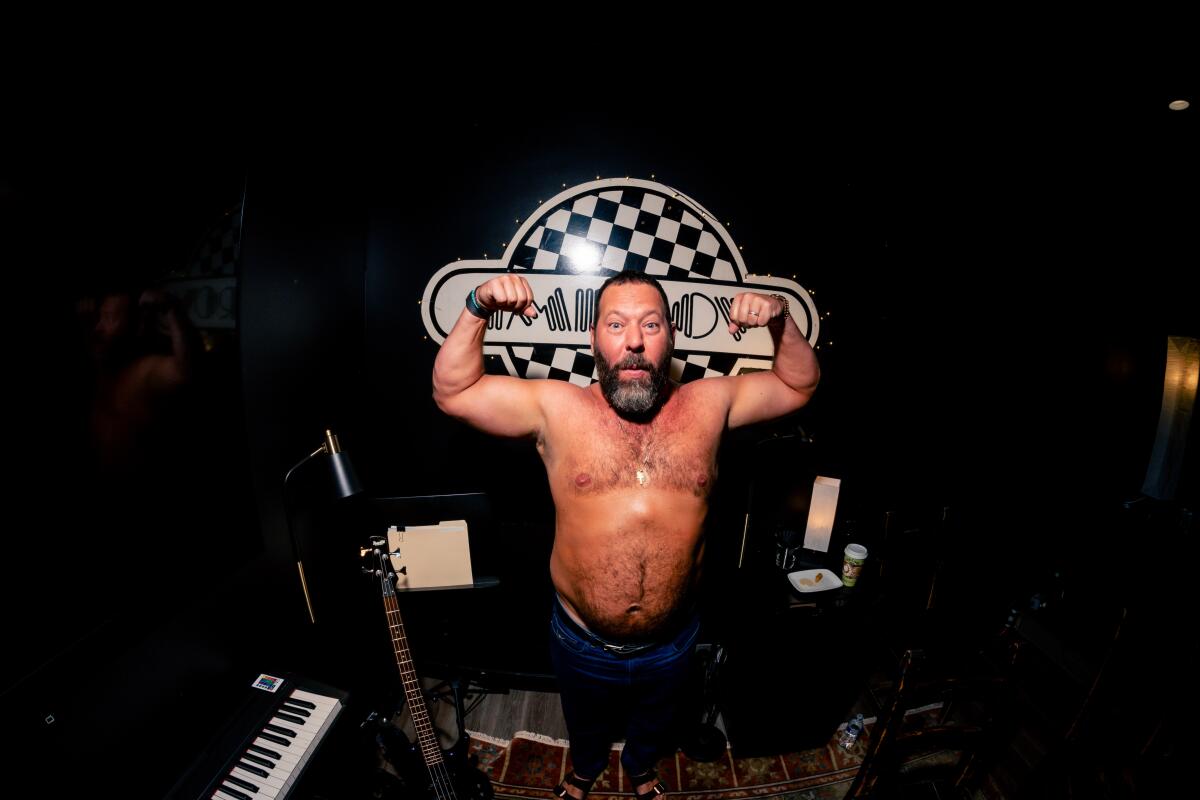
These days, Kreischer is known as an arena headliner, but the first time he walked into the Improv, he was a ball of nerves.
“I think everyone’s first time at a big club is probably one of the more memorable things in your career,” he said. “My first time at the Improv, I was hosting. At that time, I had two deals and money in the bank. I had what they called ‘heat’ in the business.”
That night, he was set to host an epic lineup with Janeane Garafalo, Daniel Tosh, Zach Galifianakis and a few others. He showed up to the club in flip-flops and a Hawaiian shirt, and Friedman came up to him sporting his signature monocle and glass of Champagne and advised him that the club had a dress code.
“He said, ‘Mr. Kreischer, I hope you understand, but we have a closed toe shoe policy here at the Improv,’” the comedian recalls. “I was so put in my place that I panicked and was so terrified, I ran back to my truck to get shoes. True story, I didn’t wear flip-flops again onstage until 25 years later.”
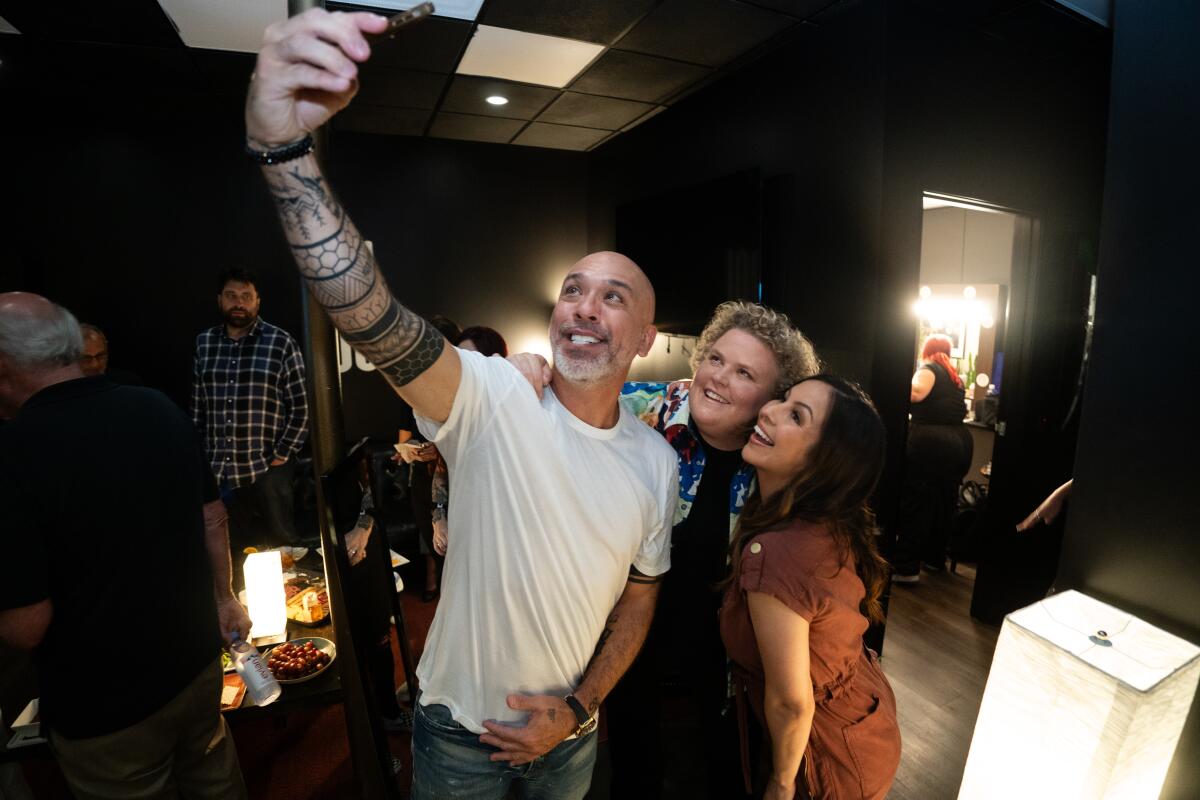
Koy was still doing open mics when he ventured into his first Improv in Las Vegas. “It was 1992 and I saw Brian Regan at the Improv in Harrah’s Casino,” says Koy. “I was such a big fan. I was just trying to see all of the guys live that I saw on ‘An Evening at the Improv,’ and that’s where you’d catch them. It was the best moment because it was raw. The media wasn’t flooded with stand-up like it is now. You can catch stand-up on every platform now, but back then, it was very specific. To catch one of those acts live back then, a full hour or hour and a half, it felt very special.”
Whether you’ve been a comedian for two years or 50, you’re walking down the same famous hall at the Improv. Shoulder to shoulder, even if you’re a star in the making.
“There’s not a section for comics that have a certain amount of fame. You could be standing next to your hero in those hallways,” Cummings says. “I remember being super-terrified and then getting there and being like, ‘Oh, all these comics were me once and they know that this is what it takes.’ There was such a warmth there, and I remember that because in L.A., you come up in restaurants, bowling alleys, parking lots and laundromats. To do comedy at a comedy club and feel that kind of warmth, it made me feel like maybe I can actually do this.”
Part of instilling that confidence is the job of the management team, many of whom have worked their way up from the bottom of the comedy business. Hartmann started as a dishwasher, Marmel as a waitress, booker Reeta Piazza as an assistant, and Erin Von Schonfeldt was a waitress before she went on to run the clubs as executive vice president of programming.
“These are people who chose the business side of the fence, but you could hang out with them at the end of the night at the bar. They all cared to catch up with comics. It’s a family, and I got really lucky because I didn’t belong there. I’m just a meathead, but they accepted me,” Kreischer says.
Good comedy is always changing, and not just for the comedians but also for audiences too, depending on the night. It might be a repeat set, but the delivery isn’t the same, the crowd response isn’t the same, and even the lineup can be subject to change. One thing that stays the same at the Improv, though, is the mystery of who might drop in.
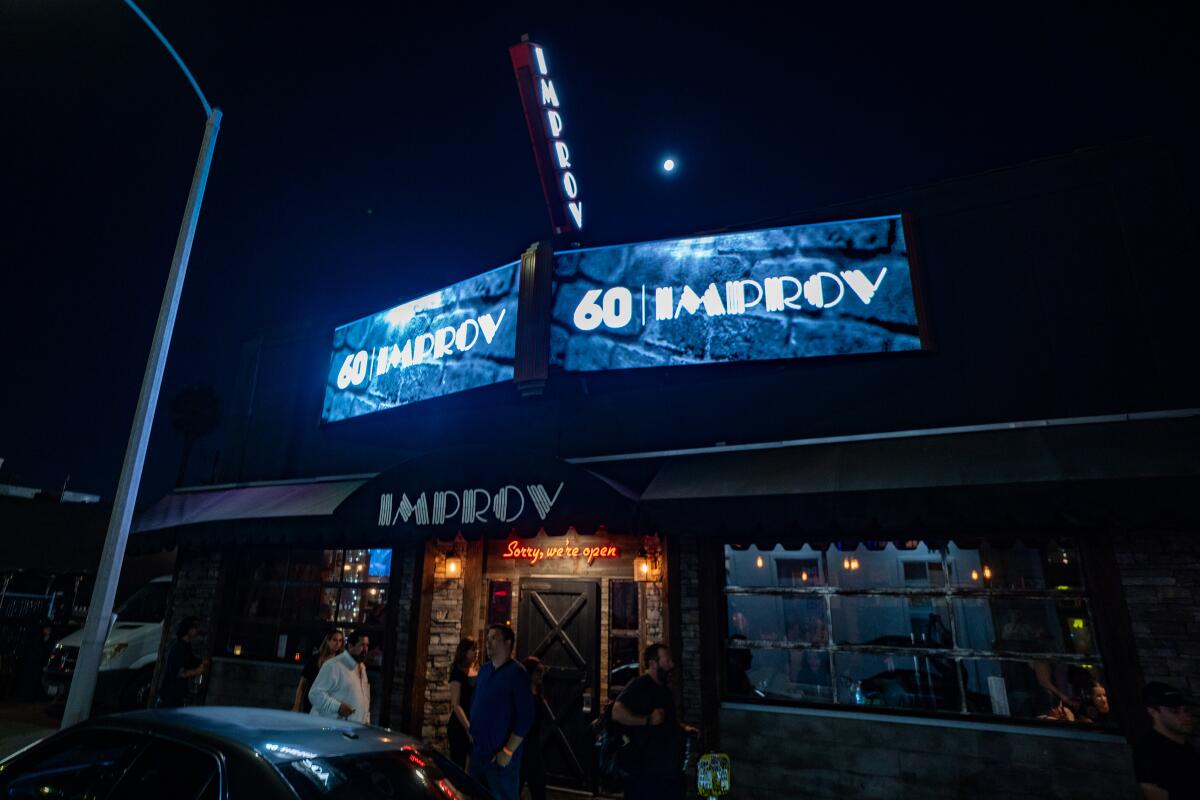
Hartmann remembers the time a star so huge wanted to drop in that he thought it was a prank. “It was a Friday night in Irvine, back in ’93 or ’94. I was managing, and I got a call that Robin Williams wanted to drop in and do a set. It was 11:30 on a Friday night and I had John Pinette on the stage. First, I thought it was a joke because he was a rock star at that point. And back then, we didn’t have cellphones, so he just kept calling the club. It wasn’t an assistant, it was him,” Hartmann recalls. “Then I had to send a note up to John Pinette telling him we had a guest right at midnight, but I didn’t want to tell him who it was. Then at midnight, Robin Williams came walking in. He did an hour and half and still stayed to shake everyone’s hands. I’ve had a lot of magical experiences like that over the years.”
From David Spade to Dave Chappelle, to Tim Allen, to Silverman, Sebastian Maniscalco, Adam Carolla and Damon Wayans, Improv venues are known for hosting top-flight performers and making history on a whim.
When curating the lineup for the 60th stand-up special, the team knew it had to be reflective of all Improv clubs.
“There really is something for everybody,” says Marmel. “The only thing they have in common is that they’re very high quality. I think within the special, you’ll see that there is a variety of styles and tones, which reflect our taste. We readily appreciate all types of comedy, and there isn’t a weak one on there. Hopefully, the viewers will watch it and feel that way too.”
A show with 10 globally acclaimed comedians standing in front of the logo for the Improv on its 60th anniversary isn’t just special for the viewers; it’s also deeply personal to the comics lucky enough to be part of this slice of the club’s history.
“It’s such a beautiful moment because I am such a fan of the Improv,” Koy said. “When I see that brick wall, I get giddy to go onstage. And when I see that piano [onstage], I’m like ‘Why the f— is this here?,’ but I love it. Everything about it. The smell, the spilled liquor on the floor — you can just feel the energy in the walls. For me, the Improv is like the World Series. Inside of that building are the best of the best, and I want to play.”
More to Read
The biggest entertainment stories
Get our big stories about Hollywood, film, television, music, arts, culture and more right in your inbox as soon as they publish.
You may occasionally receive promotional content from the Los Angeles Times.
